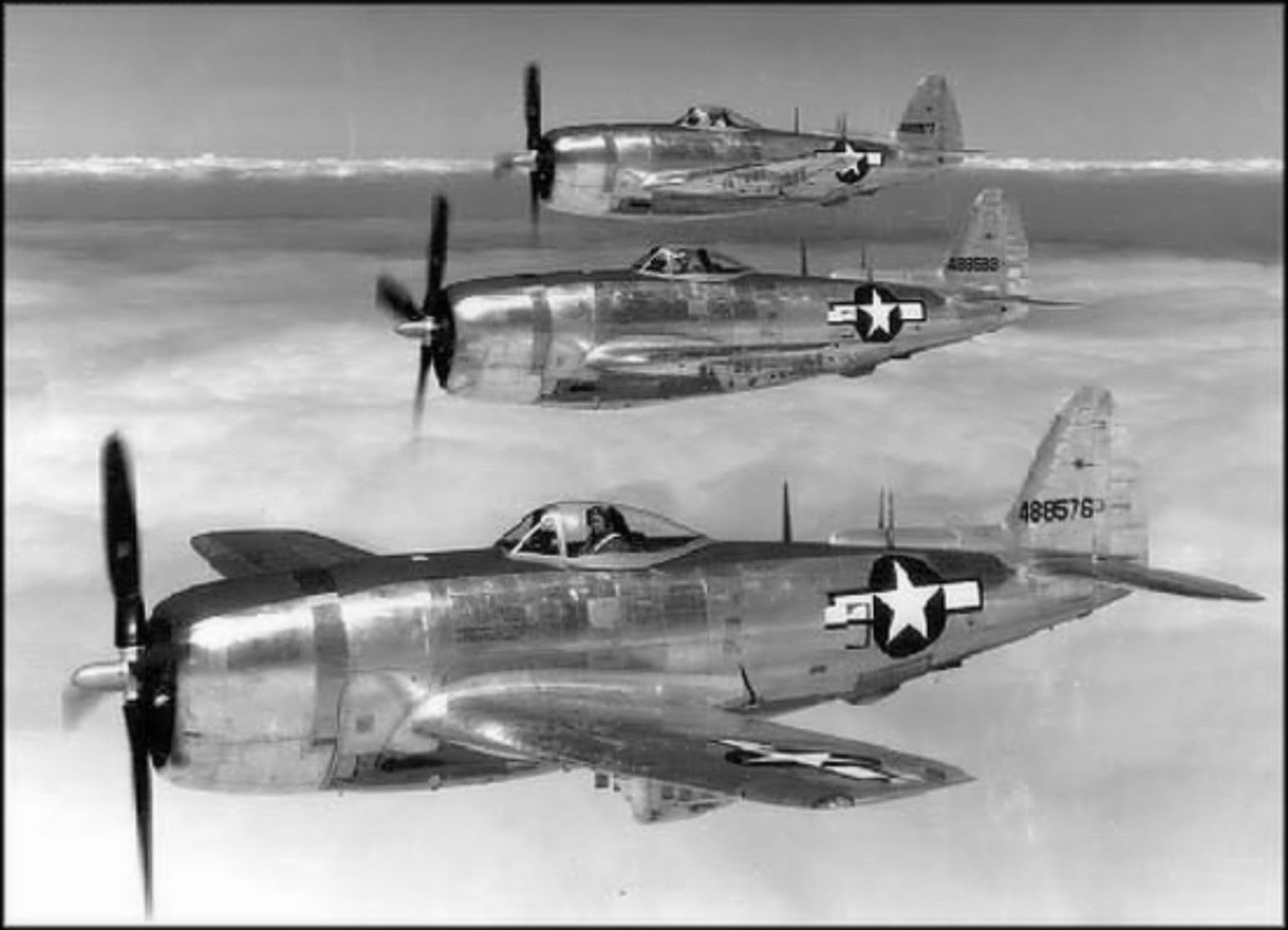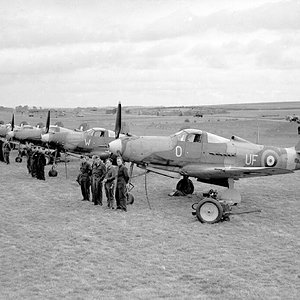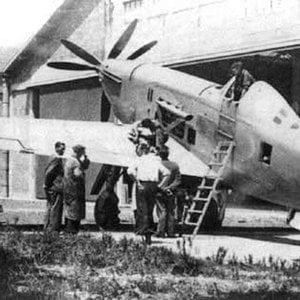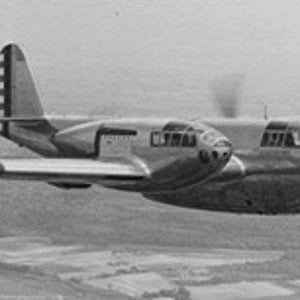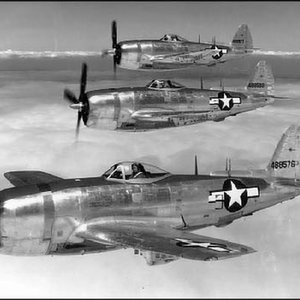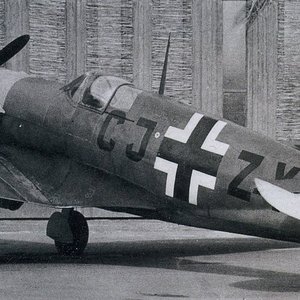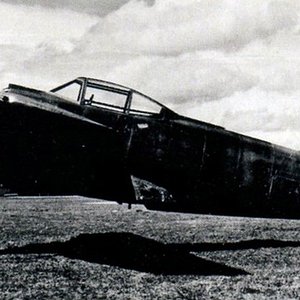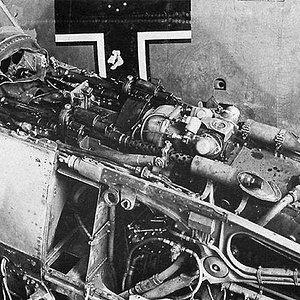Navigation
Install the app
How to install the app on iOS
Follow along with the video below to see how to install our site as a web app on your home screen.
Note: This feature may not be available in some browsers.
More options
You are using an out of date browser. It may not display this or other websites correctly.
You should upgrade or use an alternative browser.
You should upgrade or use an alternative browser.
P-47 Thunderbolt
Rugged, reliable and powerful, the P-47 Thunderbolt not only was a monster of a machine (being the tallest and heavier single seat Allied fighter), it was the most numerous US fighter of World War 2 - more than 15,700 P47 units were produced in the United States. The P-47 was a flying paradox. Designed by ALexander Kartvelli, it was originally created as a light weight inline engine fighter. However, experiences in Europe indicated that fighter airplanes had to be better armoured and better armed, and give better performance at high altitudes.
With this in mind Kartvellie literally went back to the drawing board and completely redesigned the P47 around the most powerful engine available, the Pratt & Whitney R-2800 Double Wasp air cooled radial. Flight testing showed that the new fighter, in addition to being big and heavy, was also fast and manoeuvrable, reaching speeds in excess of 400 mph and climbing at a rate of 3,000 ft per minute, both astounding feats in an aircraft that had a take-off weight of well over 5 tons.
With its eight machine guns, the P-47 had a considerable firepower that could reduce an enemy fighter in pieces in a matter of seconds. Besides, with its high payload capacity, it was just as great a threat to ground forces – tanks, in particular. Exceptional diving capabilities gave the P-47 a serious advantage over fighters flying on a lower level, since they couldn’t escape in a dive, and allowed the Thunderbolt to destroy several ground targets, among which many armoured trains.
Specifications
Type:
Fighter
Powerplant:
One Pratt & Whitney R-2800-77
Max speed:
467 mph (762 km/hr)
Ceiling:
43,000 ft (13,105 m)
Range:
800 miles (1297 km)
Weight (empty):
11,000 lbs (4990 kg)
Max. T/O:
20,700 lbs (9389 kg)
Wingspan:
42' 7" (12.98 m)
Length:
36' 1" (11.0 m)
Height:
14' 7" (4.44 m)
Armament:
Eight.50 cal machine guns
Rugged, reliable and powerful, the P-47 Thunderbolt not only was a monster of a machine (being the tallest and heavier single seat Allied fighter), it was the most numerous US fighter of World War 2 - more than 15,700 P47 units were produced in the United States. The P-47 was a flying paradox. Designed by ALexander Kartvelli, it was originally created as a light weight inline engine fighter. However, experiences in Europe indicated that fighter airplanes had to be better armoured and better armed, and give better performance at high altitudes.
With this in mind Kartvellie literally went back to the drawing board and completely redesigned the P47 around the most powerful engine available, the Pratt & Whitney R-2800 Double Wasp air cooled radial. Flight testing showed that the new fighter, in addition to being big and heavy, was also fast and manoeuvrable, reaching speeds in excess of 400 mph and climbing at a rate of 3,000 ft per minute, both astounding feats in an aircraft that had a take-off weight of well over 5 tons.
With its eight machine guns, the P-47 had a considerable firepower that could reduce an enemy fighter in pieces in a matter of seconds. Besides, with its high payload capacity, it was just as great a threat to ground forces – tanks, in particular. Exceptional diving capabilities gave the P-47 a serious advantage over fighters flying on a lower level, since they couldn’t escape in a dive, and allowed the Thunderbolt to destroy several ground targets, among which many armoured trains.
Specifications
Type:
Fighter
Powerplant:
One Pratt & Whitney R-2800-77
Max speed:
467 mph (762 km/hr)
Ceiling:
43,000 ft (13,105 m)
Range:
800 miles (1297 km)
Weight (empty):
11,000 lbs (4990 kg)
Max. T/O:
20,700 lbs (9389 kg)
Wingspan:
42' 7" (12.98 m)
Length:
36' 1" (11.0 m)
Height:
14' 7" (4.44 m)
Armament:
Eight.50 cal machine guns

